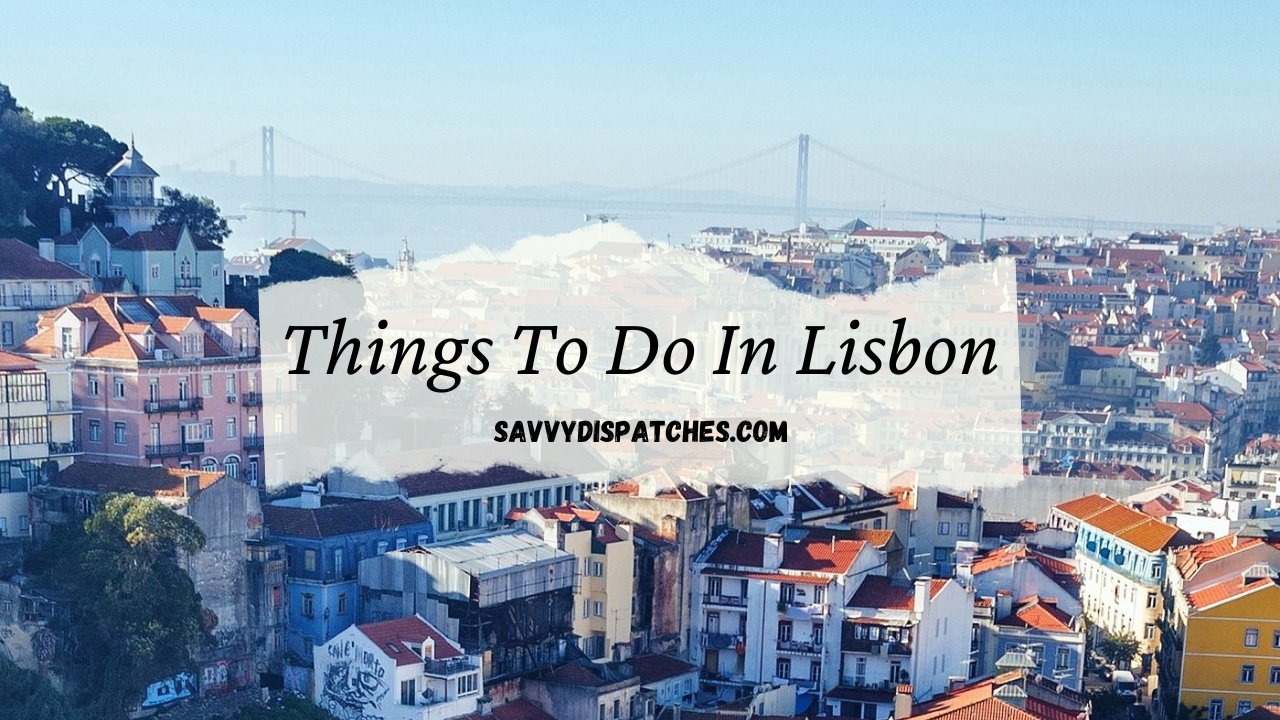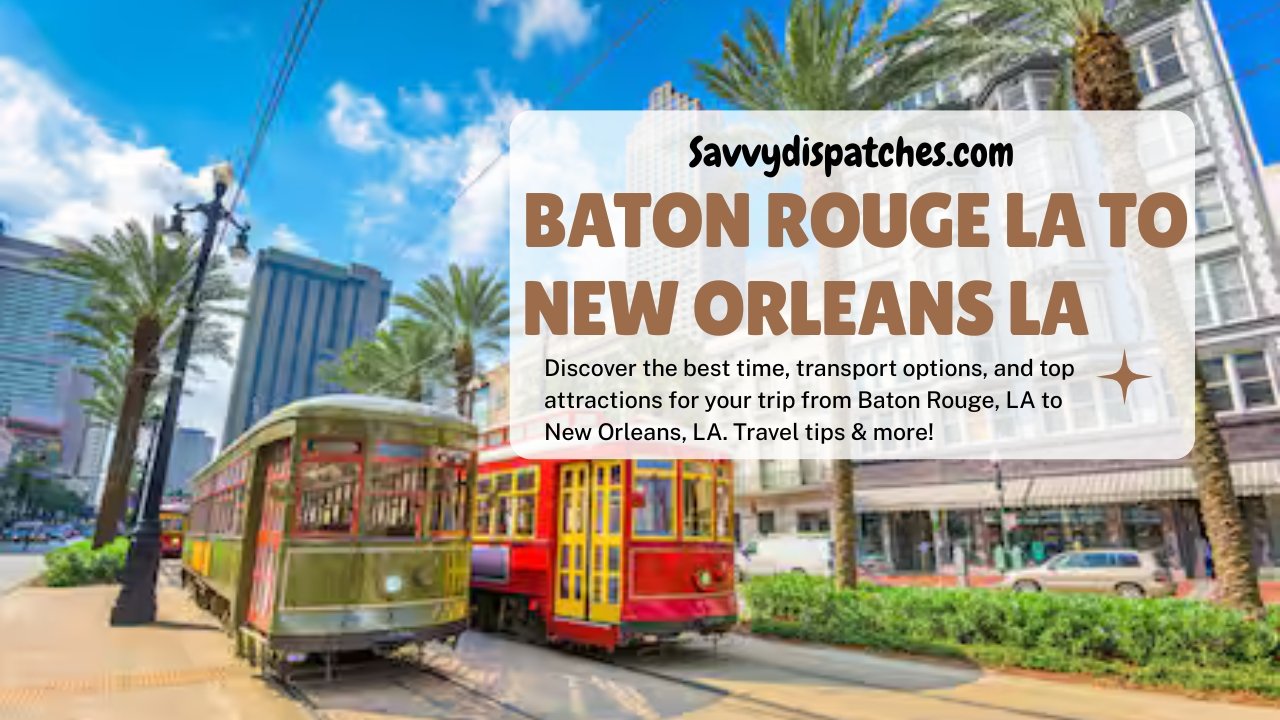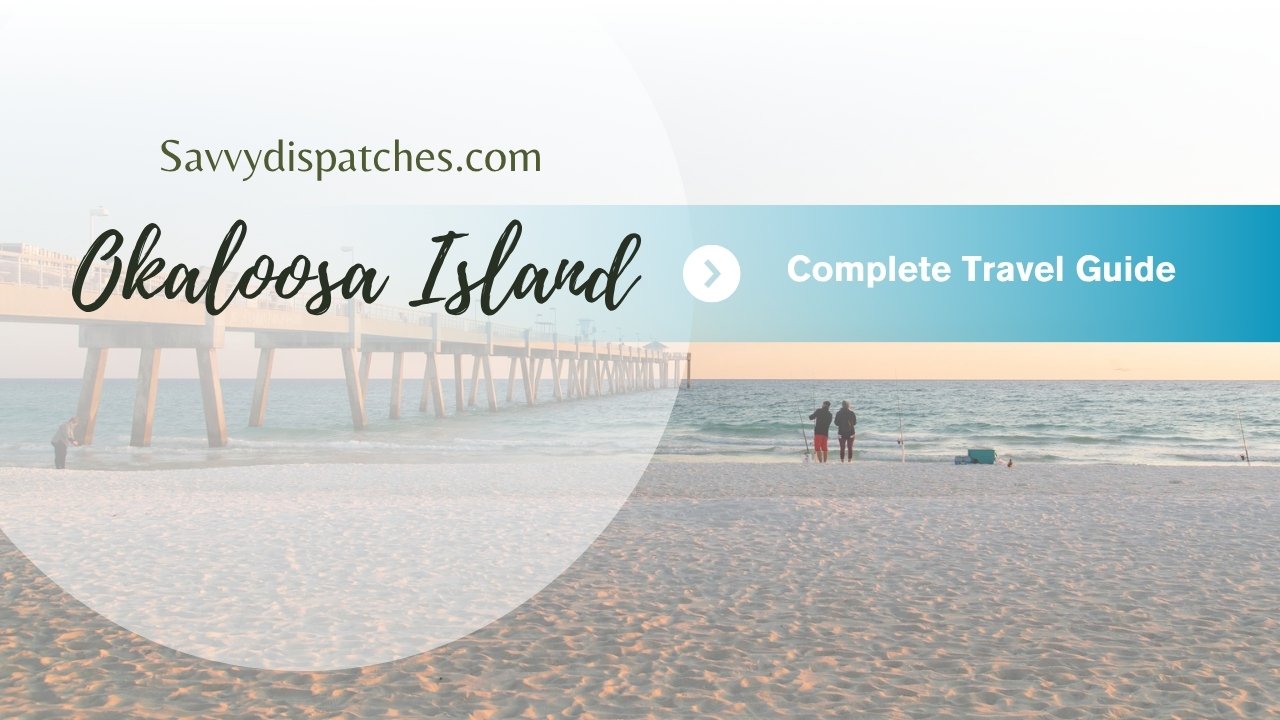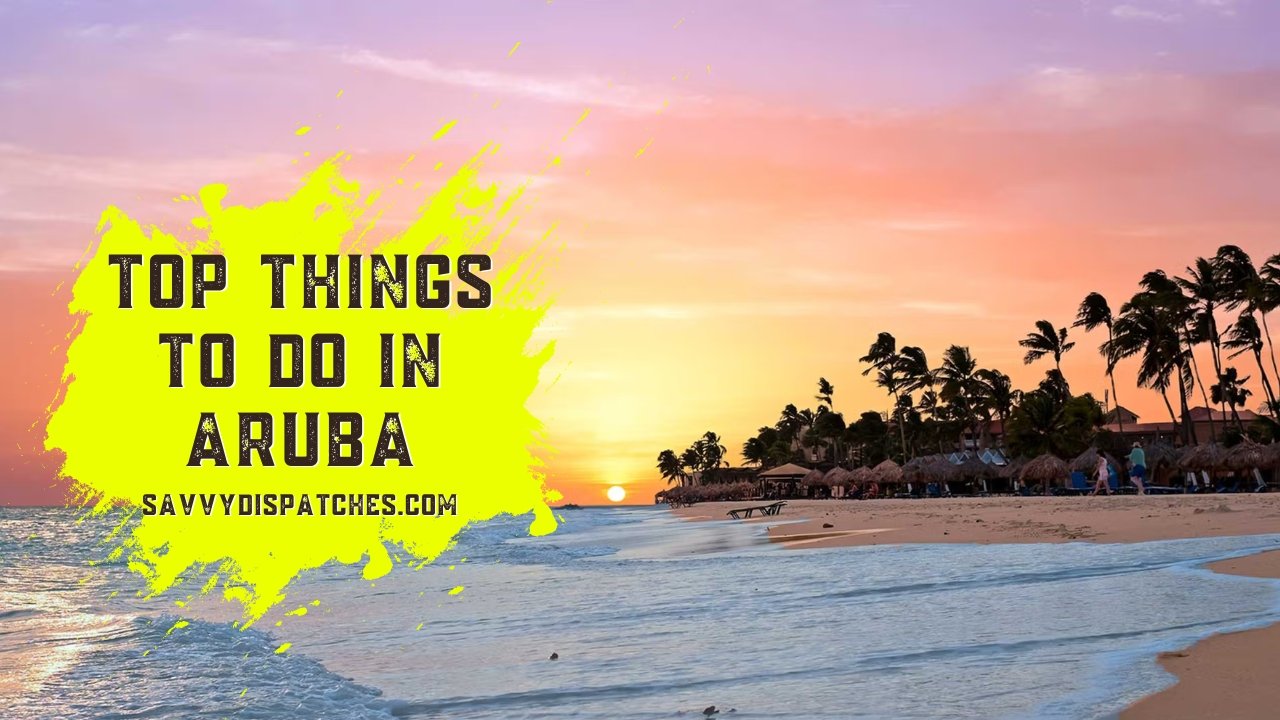Destinations
Things To Do In Lisbon: Everything You Need to Know

Destinations
Baton Rouge LA to New Orleans LA: A Comprehensive Travel Guide

Embarking on a journey from Baton Rouge LA to New Orleans LA offers a rich tapestry of Louisiana’s culture, history, and natural beauty. Whether you’re a backpacker seeking adventure, a luxury traveler desiring comfort, a family on vacation, a digital nomad exploring new horizons, or an adventure seeker craving unique experiences, this guide caters to all.
Best Time to Visit
Spring (March–May): Ideal for pleasant weather and vibrant festivals like the Baton Rouge Blues Festival.
Fall (October–December): Offers cooler temperatures and fewer tourists, perfect for exploring at a leisurely pace.
Summer (June–August): Expect high humidity and temperatures, but it’s also festival season with events like Mardi Gras.
Winter (December–February): Milder temperatures and festive decorations, though some attractions may have reduced hours.
Top 10 Must-Visit Attractions
Louisiana State Capitol (Baton Rouge): The tallest U.S. state capitol building, offering panoramic views from its observation deck.
Old State Capitol (Baton Rouge): A Gothic Revival building housing a museum that delves into Louisiana’s political history.
USS Kidd Veterans Museum (Baton Rouge): A World War II Fletcher-class destroyer turned museum, providing insights into naval history.
St. Joseph Cathedral (Baton Rouge): A stunning example of Gothic Revival architecture, serving as the mother church of the Diocese of Baton Rouge.
Magnolia Mound Plantation House (Baton Rouge): A French Creole house offering a glimpse into 18th-century Louisiana life.
French Quarter (New Orleans): The historic heart of New Orleans, known for its vibrant nightlife, music, and architecture.
Jackson Square (New Orleans): A historic park surrounded by landmarks like the St. Louis Cathedral and the Cabildo.
National WWII Museum (New Orleans): An extensive museum detailing the history of World War II with immersive exhibits.
Garden District (New Orleans): Famous for its well-preserved antebellum mansions and oak-lined streets.
St. Charles Avenue Streetcar (New Orleans): A scenic ride through historic neighborhoods, offering a unique perspective of the city.
Local Cuisine Recommendations
Gumbo: A hearty stew with French, Spanish, and African influences. Try it at The Chimes in Baton Rouge.
Po’boys: A traditional sandwich filled with fried seafood or meats. Visit Parkway Bakery in New Orleans.
Beignets: Deep-fried pastries dusted with powdered sugar. Café du Monde in New Orleans is iconic.
Jambalaya: A Creole dish with rice, vegetables, and meat or seafood. Sample it at The Original Pierre Maspero’s.
Boudin: A sausage made from pork, rice, and spices. Check out The Best Stop Supermarket in Scott.
Transportation Tips
By Car: The drive from Baton Rouge to New Orleans via I-10 takes approximately 1.5 to 2 hours.
Public Transport: In Baton Rouge, the Capital Area Transit System (CATS) offers bus services. In New Orleans, the Regional Transit Authority (RTA) operates buses and streetcars.
Car Rentals: Available at Baton Rouge Metropolitan Airport and Louis Armstrong New Orleans International Airport.
Upcoming Rail Service: Amtrak plans to reintroduce passenger rail service between Baton Rouge and New Orleans, with operations expected to commence in 2027.
Budget Breakdown
Budget Travelers: $50–$100 per day. Opt for hostels, motels, and local eateries.
Mid-Range Travelers: $100–$250 per day. Stay in 3-star hotels, dine at mid-range restaurants, and engage in guided tours.
Luxury Travelers: $250+ per day. Enjoy 5-star accommodations, fine dining, private tours, and premium experiences.
Hidden Gems & Off-the-Beaten-Path Locations
Bluebonnet Swamp Nature Center (Baton Rouge): A serene spot for nature walks and wildlife observation.
Electric Depot (Baton Rouge): A revitalized space with local shops, eateries, and entertainment.
Bayou Sauvage National Wildlife Refuge (New Orleans): A vast wetland offering birdwatching and eco-tours.
St. Roch Market (New Orleans): A historic market turned food hall, showcasing local vendors.
Safety Tips & Cultural Etiquette
Safety: Both cities are generally safe for tourists. Exercise standard precautions, especially in crowded areas.
Cultural Etiquette: Embrace the local customs, such as greeting with a smile and tipping service workers appropriately.
Weather Awareness: Louisiana’s weather can be unpredictable. Stay hydrated and be prepared for sudden rain showers.
Sample Itineraries
3-Day Itinerary:
Day 1: Explore Baton Rouge’s historic sites and enjoy local cuisine.
Day 2: Drive to New Orleans, visit the French Quarter, and experience live jazz.
Day 3: Tour the National WWII Museum and relax in the Garden District.
7-Day Itinerary:
Day 1–2: Discover Baton Rouge’s attractions and dining spots.
Day 3: Visit nearby plantations and swamps.
Day 4–5: Head to New Orleans, exploring its neighborhoods and cuisine.
Day 6: Take a day trip to nearby towns like Lafayette or Houma.
Day 7: Relax and enjoy a leisurely day in New Orleans before departure.
Conclusion & Practical Travel Tips
Packing: Light, breathable clothing is recommended due to the warm climate.
Connectivity: Both cities offer reliable internet access, suitable for digital nomads.
Local Events: Check local calendars for festivals and events that may enhance your experience.
Health: Stay updated on any travel advisories or health guidelines.
Embarking on the Baton Rouge LA to New Orleans LA journey promises a blend of history, culture, and Southern hospitality. Whether you’re seeking adventure, relaxation, or cultural immersion, this route offers something for every traveler.
Destinations
Okaloosa Island Travel Guide: The Hidden Gem of Florida

Nestled along the emerald coast of Florida’s panhandle, Okaloosa Island is a peaceful retreat offering a blend of natural beauty, modern amenities, and adventure for all types of travelers. Whether you’re a backpacker seeking budget-friendly escapes, a luxury traveler looking for serene beaches, or a family in search of fun-filled activities, Okaloosa Island has something for everyone. Known for its stunning white-sand beaches, crystal-clear waters, and laid-back atmosphere, this coastal destination offers more than just a beach holiday—it’s a place where nature and adventure meet. Let’s explore why Okaloosa Island is quickly becoming one of the best-kept secrets in Florida.
Best Time to Visit Okaloosa Island: Seasonal Breakdown
Okaloosa Island is a year-round destination, but the experience varies depending on when you visit.
Spring (March – May): Perfect for those who want to avoid the summer crowds while still enjoying warm weather. Temperatures range from 60°F to 80°F, ideal for outdoor activities, festivals, and beach time.
Summer (June – August): Peak season. Expect hot temperatures (80°F to 95°F), especially for beach lovers and families. It’s the best time for water activities, but also the busiest and most expensive.
Fall (September – November): A quieter time to visit. Temperatures are mild, and the summer crowds start to dissipate. Hurricane season may affect the weather, but it’s less crowded and offers excellent deals.
Winter (December – February): The off-season. The weather is cooler (50°F to 70°F), but it’s the perfect time for travelers seeking peace and solitude. Prices drop, and many attractions remain open, but some water activities may be limited.
Top 10 Must-Visit Attractions
Okaloosa Island Beaches
The island’s beaches are among the best in the country. White sand, clear blue waters, and a calm atmosphere make it a perfect spot for relaxation or water sports.Gulfarium Marine Adventure Park
Ideal for families, this marine park features dolphin encounters, sea lion shows, and a chance to get up close with marine life. It’s an educational and entertaining experience for all ages.Santa Rosa Island
A short drive away, this island offers scenic beaches, nature trails, and the chance to experience Florida’s natural beauty in its most untouched form.Emerald Coast Science Center
Located in nearby Fort Walton Beach, this family-friendly science center has hands-on exhibits, a planetarium, and interactive displays that make learning fun.Fort Walton Beach
Explore the city’s historic sites, restaurants, and local shopping. The Gulf Coast’s rich history is visible through its museums, including the Indian Temple Mound Museum.Okaloosa Island Fishing Pier
For avid anglers, this fishing pier offers spectacular views and is a great place to catch a variety of fish. If you don’t fish, the sight of the pier extending into the Gulf is picturesque.Grayton Beach State Park
A short drive west of Okaloosa Island, Grayton Beach offers a more secluded, nature-filled experience, complete with hiking, picnicking, and pristine waters.Air Force Armament Museum
A must-visit for history buffs, this free museum showcases military aircraft and weaponry. It’s an educational stop for all types of travelers.Crab Island
A local favorite, Crab Island is a shallow sandbar just off the coast of Destin. It’s popular for boaters, kayakers, and paddleboarders who come to enjoy the water and socialize.Destin Harbor Boardwalk
For those who like a lively atmosphere, head to Destin for the harbor boardwalk. It’s filled with restaurants, bars, and shops, perfect for a day of exploration.
Local Cuisine Recommendations
Gulf Seafood: Okaloosa Island is known for its fresh seafood. Don’t miss out on local catches like shrimp, grouper, and oysters.
Where to Try:The Crab Trap offers fantastic seafood dishes and beachfront views.
Angler’s Beachside Grill is another local favorite for fresh seafood and casual dining.
Key Lime Pie: A Florida classic, this tart dessert is a must-try while visiting the island.
Where to Try:The Donut Hole in Destin serves one of the best slices of Key Lime Pie in the area.
Transportation Tips
Airport Info:
The Northwest Florida Regional Airport (VPS) is the nearest airport to Okaloosa Island, just a 20-minute drive. It offers direct flights to major cities.
Pensacola International Airport (PNS) is another option, about a 1.5-hour drive away.
Public Transport:
Okaloosa Island is best explored by car, as public transportation is limited.
Shuttle services are available to major attractions from local hotels, but renting a car is recommended for flexibility.
Car Rental:
Car rentals are available at the airport, and local rental agencies offer a variety of vehicles to suit every need.
Budget Breakdown
Budget Travelers (Under $100/day):
Stay at budget-friendly motels or campgrounds, eat at local diners, and enjoy free attractions like beaches and parks.Mid-Range Travelers ($100-$250/day):
Book a comfortable hotel with amenities, indulge in local restaurants, and explore the main attractions.Luxury Travelers ($250+/day):
Choose high-end resorts or beachfront condos, dine at gourmet restaurants, and experience private tours or exclusive activities.
Hidden Gems and Off-the-Beaten-Path Locations
Pond Creek: A serene spot perfect for kayaking and picnicking, it’s a quiet alternative to the more crowded beaches.
The Destin Harbor at Night: While the boardwalk is bustling during the day, the harbor takes on a more peaceful and magical vibe at night, especially for sunset views.
Safety Tips and Cultural Etiquette
Safety Tips:
Sun Protection: Florida’s sun can be harsh. Always wear sunscreen and stay hydrated.
Swim with Caution: Pay attention to local beach warnings, especially regarding currents and jellyfish.
Cultural Etiquette:
Respect for Wildlife: Okaloosa Island’s beaches are home to sea turtles. Please keep your distance and avoid disturbing them.
Casual Dress Code: The island is laid-back, so feel free to wear casual clothing, but remember to dress appropriately when visiting upscale venues.
Sample 3-Day and 7-Day Itinerary
3-Day Itinerary:
Day 1: Arrive, explore the beaches, and enjoy a sunset at the Okaloosa Island Pier.
Day 2: Visit the Gulfarium Marine Adventure Park, enjoy fresh seafood at Angler’s Beachside Grill, and take a boat trip to Crab Island.
Day 3: Discover the Air Force Armament Museum and explore Fort Walton Beach’s local shops.
7-Day Itinerary:
Day 1-2: Explore the beaches and local dining.
Day 3: Full-day trip to Destin for shopping and the harbor boardwalk.
Day 4: Visit the Emerald Coast Science Center and Grayton Beach State Park.
Day 5: Take a day trip to Santa Rosa Island.
Day 6: Relax with a visit to Pond Creek and some quiet beach time.
Day 7: Enjoy your last day with a sunset sail and dinner at The Crab Trap.
Conclusion and Practical Travel Tips
Okaloosa Island is the perfect blend of adventure, relaxation, and natural beauty. Whether you’re looking to unwind on pristine beaches or explore off-the-beaten-path locales, this island has everything to offer. Remember to plan according to the season, respect the local wildlife, and take the time to indulge in Florida’s delicious cuisine. Happy travels!
Destinations
Top Things to Do in Aruba for Backpackers & Luxury Travelers

 Blog9 months ago
Blog9 months agoHow to Deal with Scabies While Traveling

 Travel9 months ago
Travel9 months agoRichmond, Virginia Street Art Guide

 Travel9 months ago
Travel9 months agoPerhentian Islands: How to Get There, What to Expect, & More

 Travel9 months ago
Travel9 months agoHow to Live in Your Car in New Zealand

 Travel9 months ago
Travel9 months agoVegan Guide to Dining Out in Richmond, Virginia

 Travel9 months ago
Travel9 months agoSouvenir in Nepal: A Guide to Unique Handicrafts and Cultural Treasures

 Food9 months ago
Food9 months agoVegetarian Food Nepal: A Journey into Flavorful Plant-Based Cuisine

 Travel6 months ago
Travel6 months agoA Local’s Guide to Sanibel Island, Florida
















